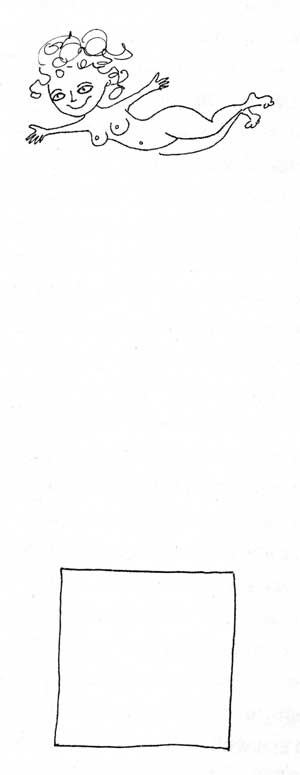Fourth Time Around: The Final Volume of John Richardson’s Biography of Picasso
A Life of Picasso IV: The Minotaur Years, 1933-1943 by John Richardson (Penguin Random House) is out now and was reviewed by Siri for the New York Times.
A Life of Picasso IV: The Minotaur Years, 1933-1943 by John Richardson (Penguin Random House) is out now and was reviewed by Siri for the New York Times.
"Writers must not underestimate the painter’s labor and study, that effort which is so like an effort of thought and which allows us to speak of a language of painting.” This sentence from the French philosopher Maurice Merleau-Ponty might serve as an epigraph for a new book on the Norwegian painter Edvard Munch by the Norwegian writer Karl Ove Knausgaard.
Evidence suggests the famous urinal Fountain, attributed to Marcel Duchamp, was actually created by Baroness Elsa von Freytag-Loringhoven. Why haven’t we heard of her, asks Siri Hustvedt.
Novelist and social critic Siri Hustvedt takes aim at our dogmas in her essay “Delusions of Certainty” from her collection of nonfiction pieces A Woman Looking at Men Looking at Women: Essays on Art, Sex, and the Mind.
SMoCA curator of contemporary art Jennifer McCabe, will guide us through this radical collection of essays by Siri Hustvedt.
"The American writer Siri Hustvedt holds the Tübingen Poetics Lectures this year. In her lectures, she talked about the origin of human narrative, the connection between narrative and mental health, and the fear of the West against femininity."
For many writers, it is an internal "voice" that serves as the very means by which each sentence gets written, the shining guide through the darkness. “I don’t write; I am written,” the author Siri Hustvedt has said, and scientific evidence corroborates her claim.
Johanna Hartmann, Literary Visuality in Siri Hustvedt's Work: Phenomenological Perspectives.
Johanna Hartmann, Christine Marks, and Hubert Zapf, Zones of Focused Ambiguity in Siri Hustvedt Works: Interdisciplinary Essays.
Henderikus J. Stam, “The Neurosciences and the Search for a Unified Psychology: The Science and Aesthetics of a Single Framework.”
Christine Marks, I am Because You Are: Relationality in the Work of Siri Hustvedt.
Corinna Sophie Reipen, Visuality in the Works of Siri Hustvedt.
Anna Thiemann, “Shaking Patterns of Diagnosis: Siri Hustvedt and Charlotte Perkins Gilman.”
Gianna Zocco, “The Art of Watching: The Literary Motif of the Window and its Potential for Meta Fiction in Contemporary Literature.”
Asbjorn Gronstad, “Ekphrasis Refigured: Writing Seeing in Siri Hustvedt's What I Loved.”
